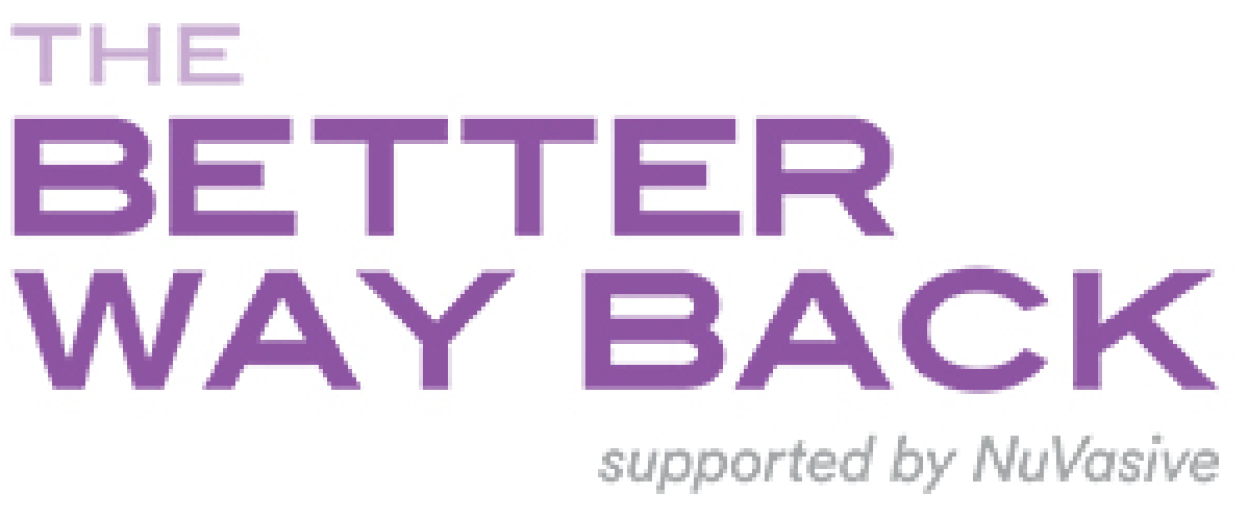Get the facts about prevention and detection before it is too late.
As part of Osteoporosis Awareness/Prevention Month, we want to talk about this extremely prevalent disease that often causes back pain.
Exactly what is osteoporosis?
Osteoporosis is a bone disease that weakens bones and increases the risk of unexpected fractures, which may lead to acute pain that can ultimately lead to chronic back pain.
Everyone is at risk
Osteoporosis is often called the silent disease and the first sign may be a broken bone, especially if you are over age fifty. Spinal fractures resulting from osteoporosis total more than 700,000 cases in the United States every year, from men and women of all races.
Fifty percent of women over fifty will endure a bone fracture due to osteoporosis. In fact, a woman’s risk of breaking a hip is equal to her combined risk of breast, uterine, and ovarian cancer.
While women are more likely to suffer osteoporosis issues due to their inherently smaller, thinner bones — four times as many women will end up with low bone density as compared to men — men are still at risk. At least 25 percent of men over age 50 will suffer a bone fracture.
If you’re concerned that your back pain is due to osteoporosis, talk with your doctor.
But there is good news
Contrary to popular belief, osteoporosis is not a normal part of aging. According to the National Osteoporosis Foundation, there is a lot you can do to protect your bones throughout your lifetime.
Start now:
• Get enough calcium and vitamin D, and eat a well balanced diet.
• Engage in regular exercise.
• Eat foods that are good for bone health, such as fruits and vegetables.
• Avoid smoking and limit alcohol to two to three drinks per day.
Detection is key
The only way to fully diagnose osteoporosis, or to find out if you should be concerned about your bone health, is to have a bone density scan (also called a bone mass measurement test). The test measures the bone density in your hip, spine and sometimes other bones, to tell your doctor if you have normal bone density, low bone density, or osteoporosis.
This procedure will take five to ten minutes and is painless. While you will be exposed to a minimal amount of radiation, you would have more exposure during a cross-country flight than you will from the bone density test.
Ready to learn more?
Visit these trusted resources for more information on osteoporosis, bone density scanning and the affects of osteoporosis on your back.
16-NUVA-0570
